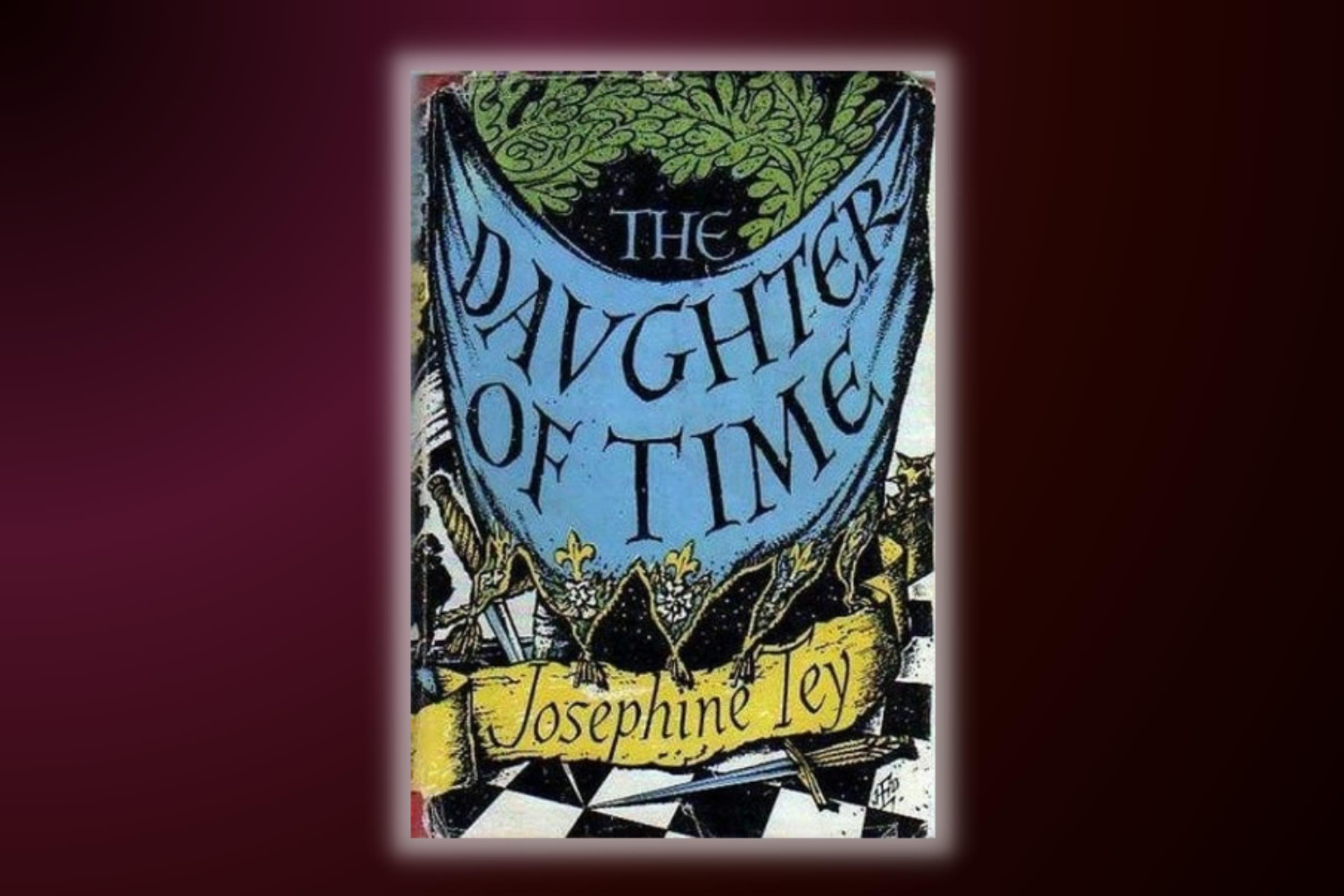“An honest tale speeds best being plainly told,” Shakespeare reminds audiences in his Richard III. Readers of Josephine Tey’s classic 1951 historical mystery The Daughter of Time might point out that it can take centuries to get to a tale’s truth (the titular, proverbial offspring). In this singular novel, Scotland Yard Inspector Alan Grant, prevented by an injury from applying his powers of deduction to modern crime, turns his attention to the mystery of the Princes in the Tower. The young royal heirs’ 1483 disappearances have long been blamed, by the Bard and many others, on their uncle Richard III, one of British history’s most infamous villains. Though Tey was far from the first writer to ponder whether Richard really did it, her version of the investigation did much to popularize the debate; the author Sara Polsky, writing for the New Yorker, has credited The Daughter of Time with helping to spark a wave of 20th-century reconsiderations of Richard III, all leading up to the 2012 discovery of his long-lost remains. It may never be possible to solve this mystery once and for all, but that does not detract from the satisfaction to be found in Alan Grant’s process. When something sympathetic in a portrait of the monarch pulls the detective deep into a spellbinding story, Tey’s readers are right there with him.—Lily Rothman
Buy Now: The Daughter of Time on Bookshop | Amazon
- Donald Trump Is TIME's 2024 Person of the Year
- Why We Chose Trump as Person of the Year
- Is Intermittent Fasting Good or Bad for You?
- The 100 Must-Read Books of 2024
- The 20 Best Christmas TV Episodes
- Column: If Optimism Feels Ridiculous Now, Try Hope
- The Future of Climate Action Is Trade Policy
- Merle Bombardieri Is Helping People Make the Baby Decision
